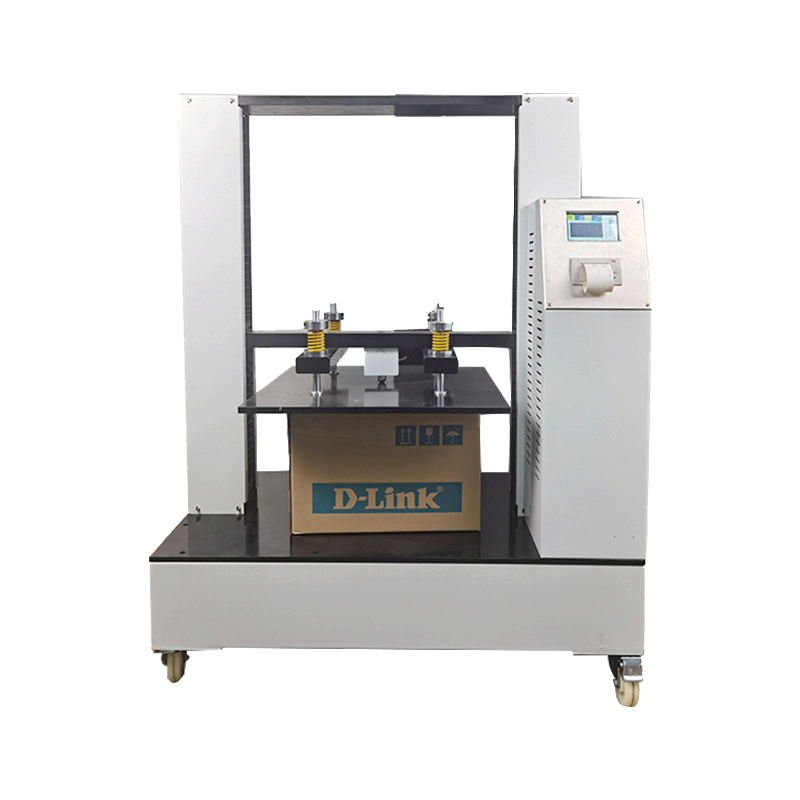
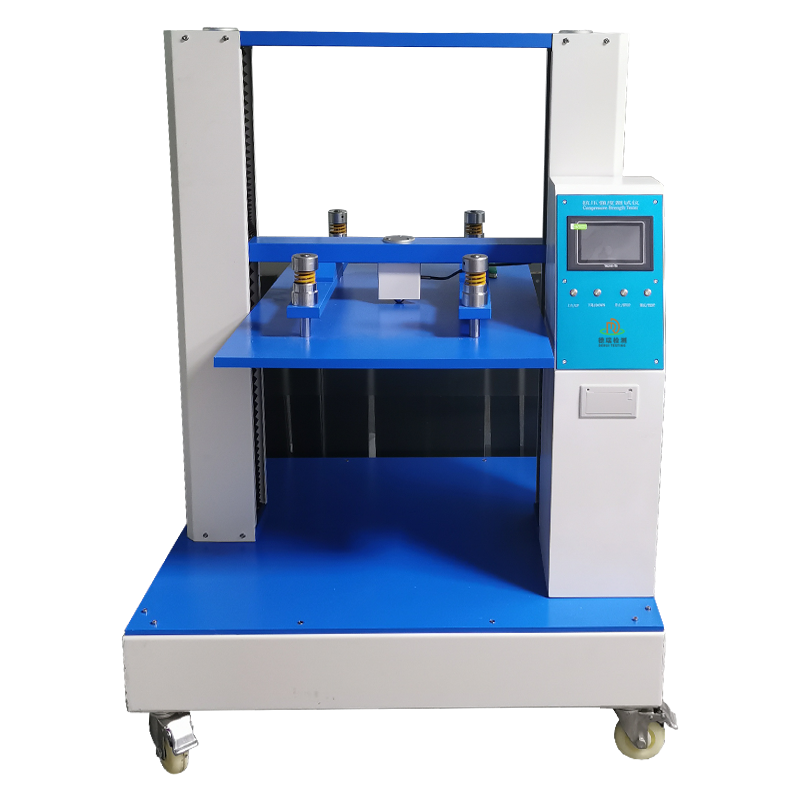
Food packaging compression testing machine
168005.0 INR/Unit
Product Details:
X
Food packaging compression testing machine Price And Quantity
- 168005.0 INR/Unit
- 1 Unit
Food packaging compression testing machine Trade Information
- Cash in Advance (CID)
- 100 Unit Per Month
- 10 Days
- All India
Product Description
Food Packaging Compression Tester is a precision test equipment specially designed to evaluate the compressive strength, deformation performance and overall structural stability of various types of food packaging (such as cartons, paper boxes, plastic containers, etc.) under static compression load. As food packaging not only need to withstand the pressure of the transportation and stacking process, but also need to ensure the integrity of the packaging and health and safety, so the equipment has a vital role in the food packaging industry. The equipment ensures the safety and reliability of food packaging in various environments by simulating actual transportation, storage and stacking conditions.
2. Main Functions
- Compressive strength test: Measure the maximum compressive capacity of food packaging in the vertical direction according to relevant standards (e.g. ASTM D642, GB/T 4857.4, etc.), and evaluate its load-bearing capacity during stacking, transportation and storage.
- Deformation test: Record the deformation of the package under compression load, assess the degree of deformation and recovery ability, and ensure that the package can still maintain its appearance integrity and sealing after bearing pressure.
- Stacking test: simulate the force of the package in the actual stacking situation, assess its stacking stability and load-bearing capacity, to ensure that the multi-layer stacking will not be collapsed or damaged.
- Cyclic compression test: Load and unload the package for several cycles to evaluate its fatigue performance and durability, ensuring that the package can still maintain good compression resistance after repeated handling and transportation.
- Data analysis and report generation: Built-in data analysis software can automatically generate detailed test reports, including maximum compressive strength, deformation, loading curve and other parameters, to help the quality control department carry out strict quality assessment.
Implementation process:
1.
Equipment selection and installation:
- According to the needs of the enterprise, a food packaging compression testing machine with a range of 20kN was selected.
- After the installation and commissioning of the equipment, the operator received professional training, mastered the basic operation and daily maintenance of the equipment.
2.
Test program development:
- According to the packaging specifications and transportation conditions of different products, a detailed test program was formulated.
- The tests include compressive strength test, stacking test and cyclic compression test.
3.
Test results and analysis:
- Through the test, it is found that the compressive strength of some packaging materials is insufficient, resulting in easy breakage during transportation.
- According to the test results, the enterprise optimized the packaging materials, choosing higher strength cardboard and more reasonable structural design.
4.
Effectiveness verification:
- The optimized packaging materials performed well in the subsequent tests, with compressive strength and stacking stability significantly improved.
- Customer complaints and return rates have dropped significantly, and the product market performance has improved significantly.
Operating Instructions:
1.
Equipment Preparation:
- Check the appearance of the equipment to ensure that there is no damage or abnormality.
- Confirm that the power connection is normal and the grounding is good.
2.
Specimen Preparation:
- Place the food package to be tested between the compression plates and make sure the package is placed smoothly.
- Adjust the position of the compression plate so that the specimen is located in the center of the test area.
3.
Parameter setting:
- Open the control panel and input the test parameters, including compression speed, load range, displacement limit and so on.
- According to the test standard, select the appropriate test mode (such as compressive strength test, stacking test, etc.).
4.
Test process:
- Start the equipment and begin the test.
- Observe the testing process to ensure that the equipment is running normally.
- After the test, record the test data and generate the test report.
5.
Data Processing and Analysis:
- Use the built-in data analysis software to analyze the test results in detail.
- Based on the analysis results, evaluate the compression resistance of the packaging material and make suggestions for improvement.
| Item | DR-B211-900 | DR-B211-1200 | DR-B211-1500 |
| Max. Force | 10KN(1000 kg ,2205lb) | 20KN(2000 kg, 4409lb) | 50KN(5000kg,11023lb) |
| Load cell | 1 load cell for highest accuracy | ||
| Control system | Dual control (Computer control with Windows mode+Touch screen control ) | ||
| Servo Motor | 400W | 750W | |
| Servo Driver | 400W | 750W | |
| Screws | Ball screws(Double ball guide rod design, high transmission accuracy, high transmission power efficiency) | ||
| Force reading | Gf, kgf, Ibf, N, KN, T etc | ||
| Load cell Resolution | 1/250,000 | ||
| Load Precision | within 0.5% | ||
| Effective test area (L x W x H) | 700x900x900mm | 1000x1200x1000mm | 1300x1500x1500mm |
| Compression Stroke | 0~900mm | 0~1000mm | 0~1500mm |
| Lift speed | 0.1~200mm/min | ||
| Software | Mtest HD-002-A(Independent R&D) | ||
| Data display | Load, displacement, speed, loading rate and elapsed time | ||
| Safety features | E-Stop Over-load protection Upper and lower limit switches Load sensor with automatic retreat | ||
| Report items | Serial number, peak value, average value, set pressure holding value, pressure holding time | ||
| Electrical Supply | 1phase, AC 220V, 500W, 50HZ | 1phase, AC 220V,550W,50HZ | 1phase, AC 220V,900W,50HZ |
| Overall Dimensions (L x W x H) | Approx.1510x1200x1645mm | Approx.1510x1200x1645mm | Approx.1865mmx1500mmx2235mm |
| Weight | Approx.350kg(772lb) | Approx.670kg(1477lb) | Approx. 1000kg(2205lb) |
| Operation Temperature and relative humidity | 10~40, 30~80% | ||
Tell us about your requirement

Price:
Quantity
Select Unit
- 50
- 100
- 200
- 250
- 500
- 1000+
Additional detail
Mobile number
Email




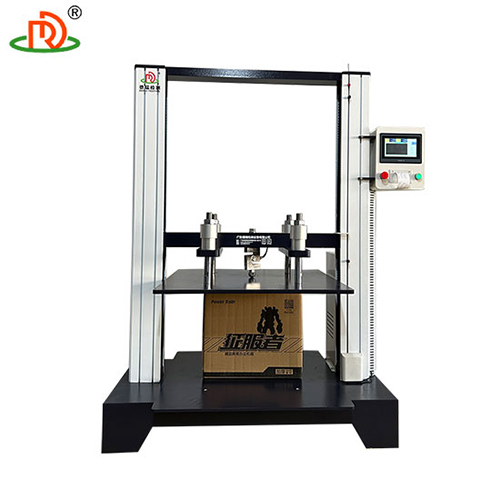
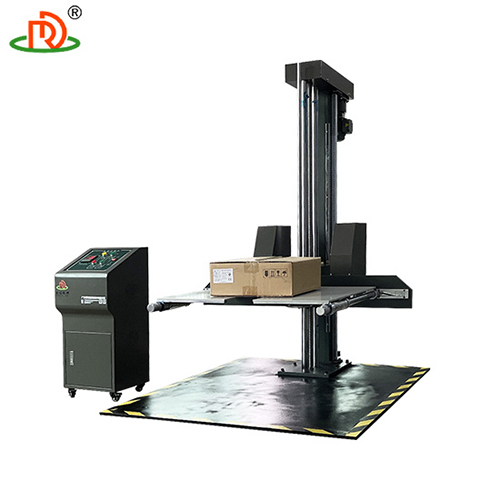
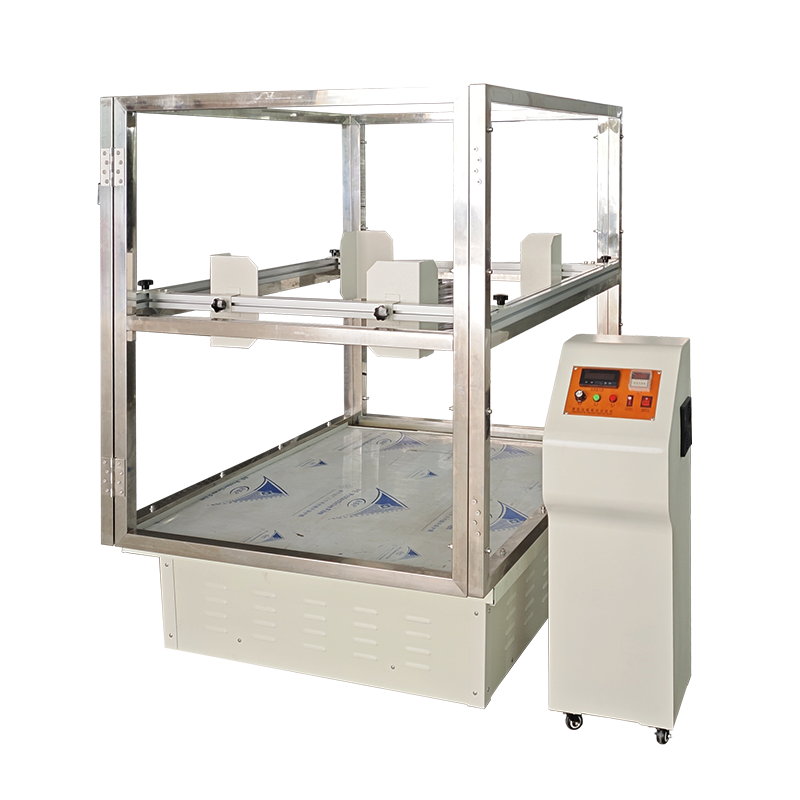
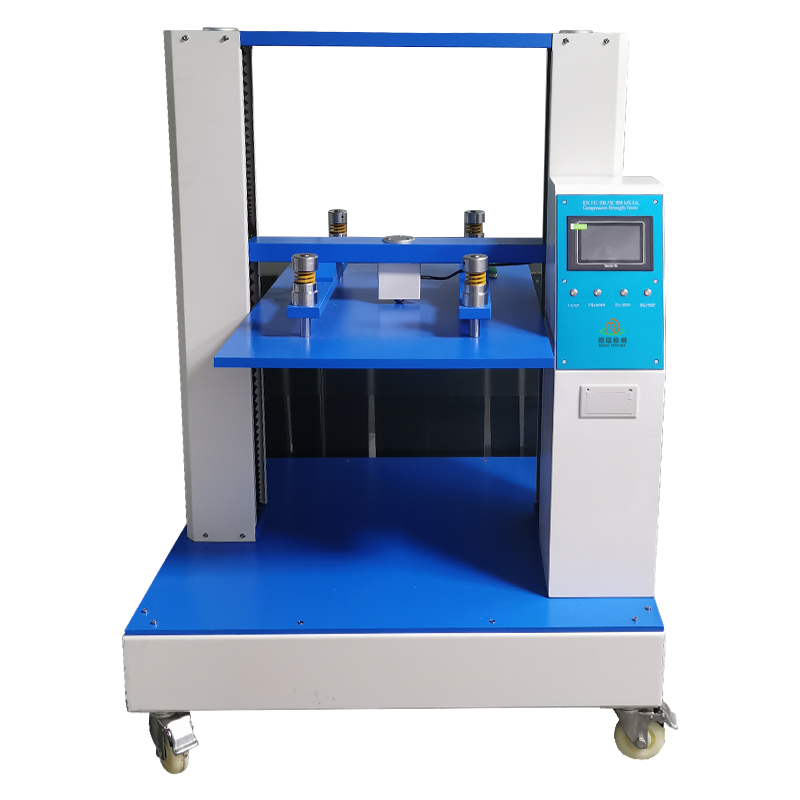

 English
English Spanish
Spanish French
French German
German Italian
Italian Chinese (Simplified)
Chinese (Simplified) Japanese
Japanese Korean
Korean Arabic
Arabic Portuguese
Portuguese